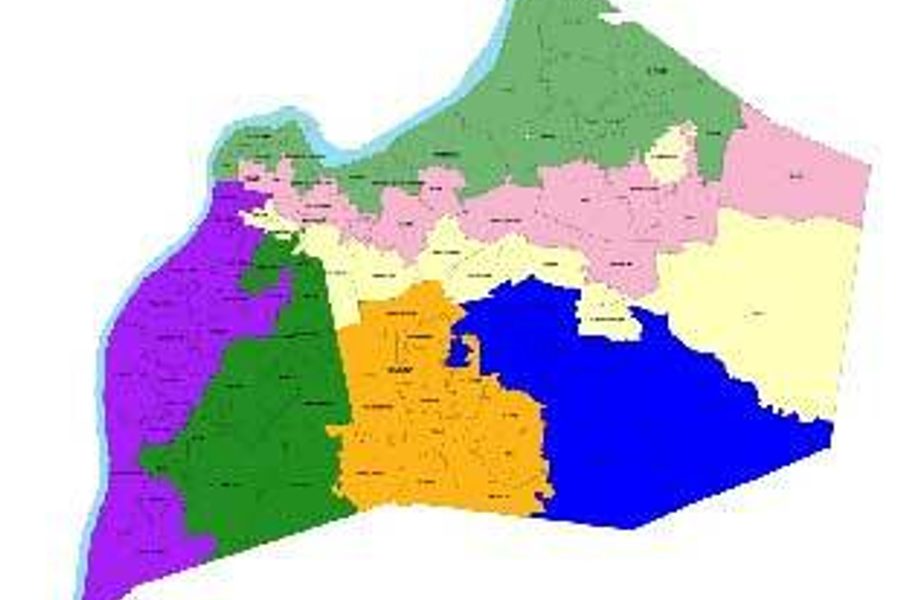
Last June, the eulogizing came quickly after the Supreme Court ruled 5-4 to strike down the race-based integration plans at two public school districts. “Bye-bye, Brown,” was University of Louisville education professor Skip Kifer’s succinct response in the Lexington (Ky.) Herald-Leader.
But in Jefferson County, Ky. – one of the school districts whose policies the court declared unconstitutional – school officials have come up with an integration strategy that uses household income, adult education levels and race to determine a school’s student body composition. If the Board of Education adopts the plan when it votes in early May, Jefferson County will join the vanguard of school districts that looks at integration along socioeconomic lines as the best way to diversify their schools.
National scrutiny of school integration in Jefferson County is nothing new. The county first made headlines in 1974, when a U.S. district court judge ruled that the county’s schools had not been desegregated. A 1975 Time cover-story, “Busing Battle,” reporting on the resulting court-ordered busing, described black students passing through rows of armed state troopers into their new schools.
Jefferson County achieved integration with a policy requiring that no less than 15 percent and no more than 50 percent of the student body be black. That was the plan the Supreme Court declared unconstitutional last summer in Meredith v. Jefferson County Board of Education.
Jefferson County’s new plan uses Census data to divide the county into two geographic areas. “Area A” is below the district average in median household income and educational achievement, and above the district average in its percentage of minority students. “Area B” is the opposite.
Schools are then grouped into clusters and students are assigned to schools within those clusters, based primarily on parents’ choice. Schools would now have to include no less than 15 percent and no more than 50 percent of students from geographic Area A.
Only the district’s elementary schools will be affected by the plan. Depending on how the clusters are drawn, as few as 1,700 elementary students would have to shift schools. (Enrollment at middle schools and high schools currently meets the new standards.)
“There’s a reason to want to [integrate schools along socioeconomic lines], even if it didn’t produce racial diversity,” says Richard Kahlenberg, a senior fellow at The Century Foundation, a nonprofit public policy institute. “It’s that low-income kids do better in a middle-class environment.” He points to the 1966 Coleman Report on educational integration, which showed that the socioeconomic makeup of schools is second only to family influence in its effect on student achievement. It’s a finding that has been repeatedly upheld.
Kahlenberg says that in schools integrated along socioeconomic lines, students tend to be more academically engaged and are less likely to create discipline problems; parents tend to be more involved; and the schools attract better teachers and administrators.
Kahlenberg says that if the purpose of school assignment is to increase academic learning, “then the primary issue is class. If the issue is how do we create tolerant adults, then I think we want to continue to focus, in part, on race.”
The model in Jefferson County attempts to do both.





